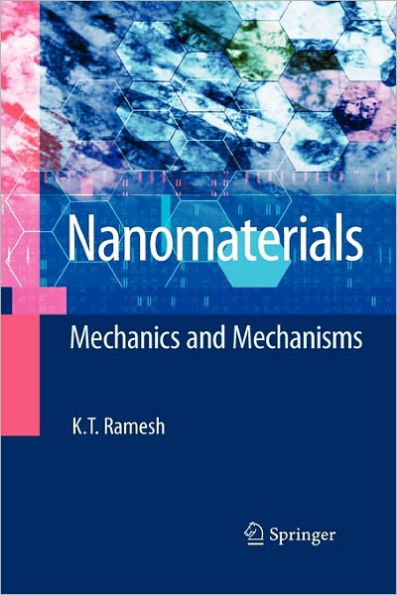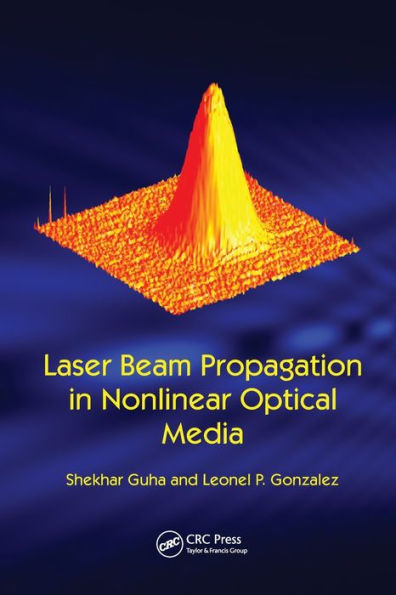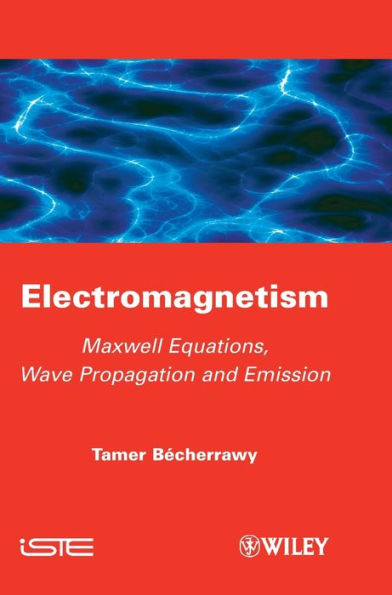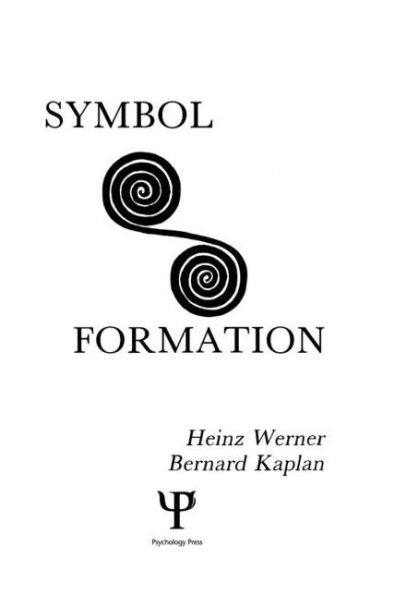Home
Combustion Phenomena: Selected Mechanisms of Flame Formation, Propagation and Extinction / Edition 1
Loading Inventory...
Barnes and Noble
Combustion Phenomena: Selected Mechanisms of Flame Formation, Propagation and Extinction / Edition 1
Current price: $96.99
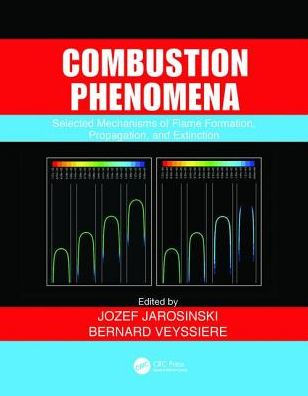

Barnes and Noble
Combustion Phenomena: Selected Mechanisms of Flame Formation, Propagation and Extinction / Edition 1
Current price: $96.99
Loading Inventory...
Size: OS
*Product Information may vary - to confirm product availability, pricing, and additional information please contact Barnes and Noble
Extensively using experimental and numerical illustrations,
Combustion
Phenomena:
Selected Mechanisms of Flame Formation, Propagation, and Extinction
provides a comprehensive survey of the fundamental processes of flame formation, propagation, and extinction.
Taking you through the stages of combustion, leading experts visually display, mathematically explain, and clearly theorize on important physical topics of combustion. After a historical introduction to the field, they discuss combustion chemistry, flammability limits, and spark ignition. They also study counterflow twin-flame configuration, flame in a vortex core, the propagation characteristics of edge flames, instabilities, and tulip flames. In addition, the book describes flame extinction in narrow channels, global quenching of premixed flames by turbulence, counterflow premixed flame extinction limits, the interaction of flames with fluids in rotating vessels, and turbulent flames. The final chapter explores diffusion flames as well as combustion in spark- and compression-ignition engines. It also examines the transition from deflagration to detonation, along with the detonation wave structure.
With downloadable resources of images that beautifully illustrate a range of combustion phenomena, this book facilitates a practical understanding of the processes occurring in the conception, spread, and extinguishment of a flame. It will help you on your way to finding solutions to real issues encountered in transportation, power generation, industrial processes, chemical engineering, and fire and explosion hazards.

